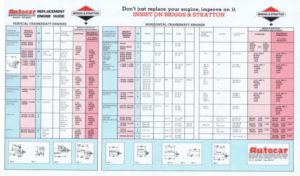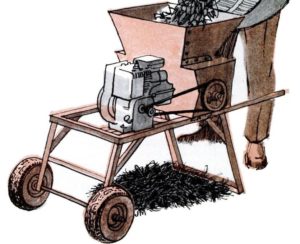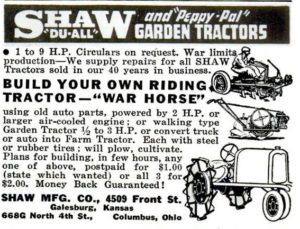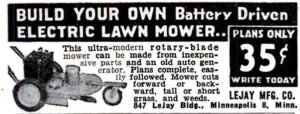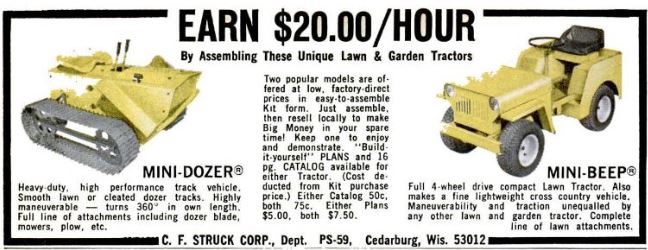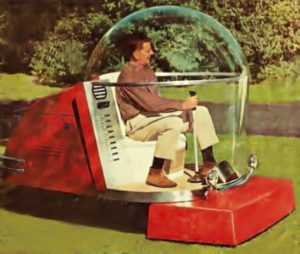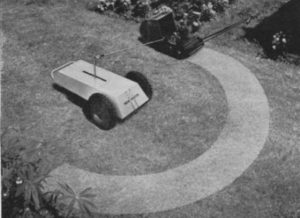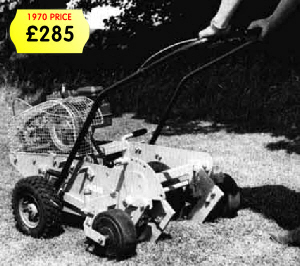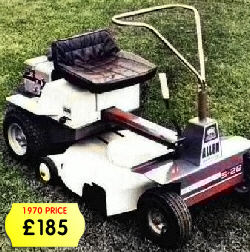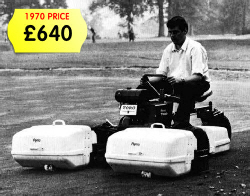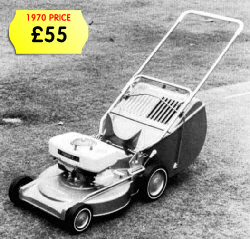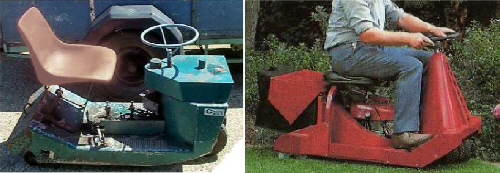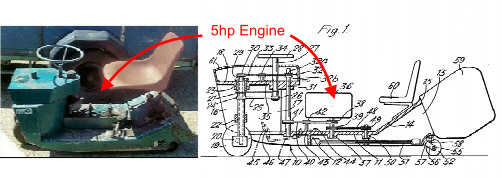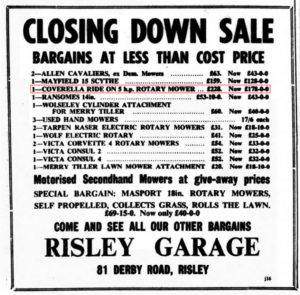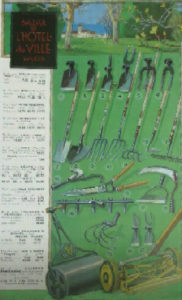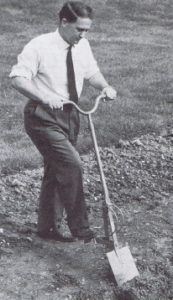
The Terrex spade, still available today as the Autospade
It’s not often, if ever, that a book review for horticultural machinery and tools for the garden appears. But here it is, a very short review, albeit fifty three years late, because this particular gem of a book I hold within my hands was published in 1967. It’s a small hardback book of just 80 pages and is a guide to buying and using machines, tools and an array of equipment for the garden. A recent purchase for 10p from a second-hand book shop, it’s price already reduced from 70p, but it’s got a few dozen photos of machinery from the time upon it’s pages and on the back pages is an extensive list of manufacturers and their addresses, for 10p it was a bit of a steal.
Would such a book be published today? A helpful guide to the homeowner wishing to buy and use tools and machinery in a most efficient manner? I’ve had a look on Amazon and nothing in book form appears to exist. This format is generally now superceded by blogs, websites and some consumer magazines testing and comparing machines and giving (hopefully) unbiased views on what to buy. Sadly numerous adverts for modern domestic machines are selling their wares on low price points and as long as the advertised machine does the job then little else matters, it’s perceived as a bargain!
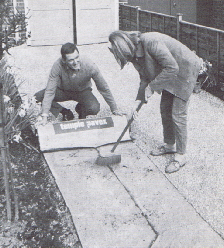
Lay your decorative driveway and garden paths the easy way with the Temple Pavex in the 1970’s. I’d swear that’s Tom & Barbara from ‘The Good Life’.
Also, times and fashion change with smaller and more suburban gardens tending to have also gone through a transition of being more decorative and reflecting the inside of a home than being horticultural, the result being that they just don’t need as many tools, or indeed the people to recommend what they should be buying. Social media showing a growing trend for the removal of herbaceous borders, shrubberies and the veg patch at the bottom of the garden, to be replaced in some places by short-term items such as decking, artificial turf and unnecessary lighting. The modern plastic throwaway garden, with plastic tools, anyone?
Anyway, back to the book, a publication that was ahead of it’s time and was the equivalent of a blog but in book form. The sad fact is this book, which was published just once, is that it was rapidly out of date regarding the lists of manufacturers and machines it contains. It needed constant updating. But the extensive list of those manufacturers, all existing in 1967 at the same time, is a fascinating snapshot of what was about.
The list of manufacturers on the back pages of this book along with their 1967 addresses are listed at the bottom of this article. It would be interesting to see if these addresses and premises exist today. Have a look through the list and see if any are local to you.
The book begins:
“..Dreary weekends spent digging, weeding, and lawn maintenance are often regarded as the inescapable cost of a presentable garden”, and this is why folk today consider opting for the (perceived) easy artificial turf and minimal planting schemes.
“The battle to trim fast growing hedges, keeping the lawns in order, or fighting with perennial weeds. These are jobs bad enough when one is young and fit…”…Ok, where’s the phone number for the astro-turf and decking people? I’m only on the first page and it’s already putting me off gardening. It does redeem itself with “
The purpose of this book is to suggest how the use of modern machines, chemicals and other aids can reduce this hard labour”. I hear the thoughts of a young generation in 1967, sat in their gardens and flicking through the pages of this book, marvelling at how chemicals and modern machinery can make their lives easier, whilst tucking into a bowl of newly introduced pink ‘Angel Delight’. The future had arrived.
The book is full of useful advice and ‘Getting The Best From Your Machines’ is a useful chapter. It details that six months storage in a damp shed can cause greater depreciation than many hours spent cultivating or working. It’s very true. How many of us have prized machines (restored or otherwise) which after a few months winter storage have shown slight corrosion or fading of once shiny parts! Making sure that machines are in good, clean condition before being put away is always time well spent.
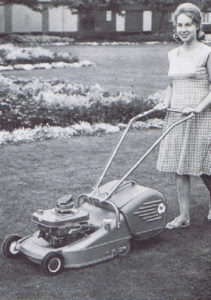
A Mountfield rotary mower with rear roller for that stripey lawn
On lawnmowers it says that caked on mowings are the chief menace, it’s true they rot steel decks, perhaps labels should be attached to mowers in the DIY chains? This reminds me of one place I worked which asked TV viewers to send in their gardening tips, the best ever received was a gentleman who said that a plastic kitchen spatula was ideal for scraping grass clippings from a mower deck – a second-hand brilliant tip from the VHGMC there! Again with cultivator blades they should be kept clean after use and hedge trimmer blades should be clean, dry and lubricated before storage, these are all standard pieces of advice and I’m thinking a book on garden tools such as this one from 1967 would actually be a good idea once again.
The chapter on ‘Hoes & Hand Cultivators’ tells us that ‘conventional gardening tools, evolved over many years, are not easily bettered but many modern tools contribute towards saving time and effort’. Two items mentioned are the Wilkinson Swoe (a long handled hoe) of which millions of that design must be in use today, and also the Wolf range of garden tools which from experience have been fantastic. I notice that many vintage Wolf tools are appearing upon online auctions, still capable of a good days work and built to last too.
Mention of the Dennis Swift in the ‘Flexible Drive Systems’ chapter. I have never heard of this, I may need to do further research but appears to be a trolley mounted engine unit. It was detachable for use with a flexible drive in places where it was not convenient to push the engine. Much like the Tarpen system it could be used for jobs such as hedge trimming and log sawing.
Lets move on from the text and to the important bit of having a look at a few items recommended for the domestic garden at this time, these machines seem quite common now, but were probably prized machines on some very tidy gardens. What is great is that examples are still around today and working too!
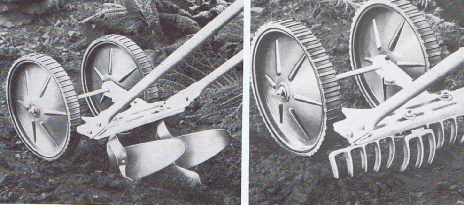
The Jalo Gardener, a useful time-saving tools which can be equipped with many attachments.
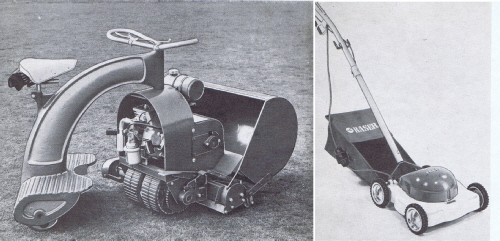
The brilliant British Anzani Lawnrider, and the Tarpen Raser rotary electric lawnmower.

Three machines for looking after the vegetable garden: The Howard 300, Merry Tiller Major, Landmaster 100.
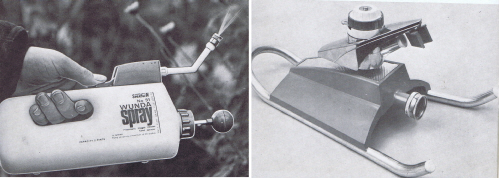
Spraygen made the Wunda Spray for keeping the garden bug free. Everain made a clever adjustable garden sprinkler.
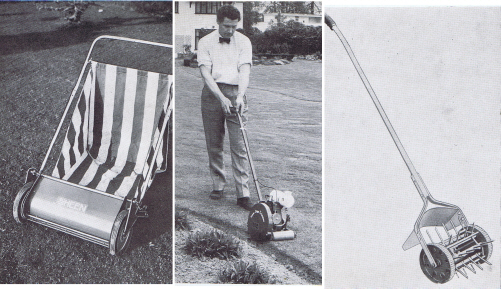
Sheen made a lawn and driveway sweeper. Centre is the 34cc lawn edge trimmer from Andrews. Right is the Tudor Newington push lawn aerator.
Advon Engineering Ltd, St. John’s Road, Hampton Wick, Surrey
Andrews Lawn-Edgers Ltd, Sunningdale, Berks.
John Allen & Sons (Oxford) Ltd, Cowley Oxford
Associated Sprayers Ltd, Elliot St, Birmingham 7
Auto-Culto International Ltd, Reading Bridge House, Reading.
Autogrow Ltd, 9 Station Road, Cullercoats, North Shields, Northumberland.
E.P.Barrus (Concessionaires) Ltd, 12-16 Brunel Road, Acton, London, W3.
Bayliss Chemicals Ltd, 37 Bedford Row, London, WC1.
Berk (Retail) Ltd, 8 Baker Street London, W1.
Bering Engineering Ltd, Doman Road, Camberley, Surrey.
Black and Decker Ltd, Cannon Lane, Maidenhead, Berks.
British Anzani Eng. Co. Ltd. Upper Halliford, Shepperton, Middlesex.
Broadbent and Co. (Rochdale) Ltd. Grove Spring Works, Lincoln Street, Rochdale, Lancs.
Joseph Bryant Ltd, PO Box 111, Bristol 2.
Butlymade Ltd, Haywards Yard, Brockley Rd, Crofton Park, London, SE4.
Calidec Ltd, Station Approach, Solihull, Warwickshire.
Cooper,Peglar and Co, Ltd, Burgess Hill, Sussex.
Thomas Cowley and Sons Ltd, Quadrant Works, Leamington Road, Gravelly Hill, Birmingham.
Cultivex Ltd, 2-3 Norfolk Street, London, WC2.
Delfa Associates Ltd, Westminster Works, Victoria Road, London.Dennis Bros.Ltd. Guildford, Surrey
Dorman Sprayer Co. Ltd. Ditton Walk, Cambridge
Doxams Ltd, Kates Bridge, Thurlby, Bourne, Lincs
Drivall Ltd, 207 Crescent Road, New Barnet, Herts
P. J. Edmonds Ltd, Itchen Abbas, Winchester, Hants
Eclipse Sprayers Ltd, Rawlings Road, Smethwick, 41, Staffs.
Donald Edwards (B’ham) Ltd, 22 Grove Road, Harpenden, herts
Edward Elwell Ltd, Wednesbury, Staff.
Farmfitters Ltd, Gerrards Cross, Bucks.
Findlay, Irvine Ltd, Bog Rd, Penicuik, Midlothian
Richmond Gibson Ltd, Bishops Stortford, herts
J.D.Gillet & sons, Old Market, Wisbech, Cambs.
Gilliam & Co. Ltd, Purley way, Purley, Surrey.
Thomas Green & Sons Ltd., P.O.Box 45, North Street, Leeds.
Hayters (Sales) Ltd., Spellbrook, Bishops Stortford, Herts
Heli-Strand Tools Ltd, Winchelsea Road, Rye.
Highlands water Gardens, Rickmansworth, Herts.
Honda (UK) Ltd, Power Road, Chiswick, London, W4
Howard Rotavator Co, Ltd, west Horndon, Essex
Hozelock Ltd, 5 High Road, Byfleet, weybridge, Surrey
Industrial & Agricultural Improvements Ltd, 5 St.Andrews Rd, Malvern, Worcs.
Jalo Products Ltd, Longham, Wimborne, Dorset
J.P.Engineering Co. Ltd, Meynell Road, Leicester
Ladybird Appliances Ltd, Molly Millars Lane, Wokingham, Berks
Landmaster Ltd, Hucknall, Notts
Lloyds & Co, Letchworth, Herts
Loheat Ltd, Everlands Road, Hungerford, Berks
G.D. Mountfield Ltd, East Street, Maidenhead, Berks.
Mow-Rite Engineering Co. Ltd. 8-12 Queens Road, Reading , Berks.
Murphy Chemical Co, Ltd, Wheathampstead, St.Albans, Herts
Mytaz Flame Co, Bridge works, Alfreton Road, Derby.
H.R.Nash Ltd, Nash’s Corner, Ashstead, Surrey.
Nutt Engineering Co .Ltd, Stapleford, Cambridge
Charles H. Pugh Ltd, Atco Works, Tilton Road, Birmingham 9.
Qualcast Ltd, Sunnyhill Avenue, derby.
Ransomes, Simms and Jefferies Ltd, Orwell Works, Ipswich, Suffolk
B.A.Rolfe and Sons Ltd, Mile Hill, Romsey, Hants
Ryland Works Ltd, Chesterfield, Derbyshire.
Sheen (Nottingham) Ltd, Greasley Street, Bulwell, Nottingham
Simplex of Cambridge, Sawston, Cambridge
Sisis equipment (Macclesfield) Ltd, Hurdsfield Industrial Estate, Macclesfield, Cheshire.
Smith & Davis Ltd, Beacon Works, Friar Park Road, Wednesbury, Staffs.
Solo Sprayers Ltd, Solo Works, Progress Road, Southend-on-Sea, essex
Spear & Jackson Ltd, Aetna Works, Savile Street, Sheffield
Spicers Ltd, Langston Rd, Loughton, Essex
Spraygen Sprayers Ltd, 10-12 Carver St, Birmingham
Stanley-Bridges Ltd, York Road, London, SW11
Suffolk iron Foundry (1920) Ltd, Sunnyhill Avenue, Derby
Tarpen engineering Co. Ltd. Coronation Road, Park Royal, London, NW10
Temple Pavex, Temple Mill, Passfield, Liphook, Hants
Tudor Accessories Ltd, Beaconsfield Road, Hayes, Middlesex
Victa (UK) Ltd, Victa House, 16 North Pallant, Chichester
Philip B Waldron Co. Kings Road, Tyseley, Birmingham
H.C.Webb & Co. Tame Road, Witton, Birmingham
Wolf Electric Tools LTD, Pioneer Works, Hanger Lane, London W3
Wolf Tools for Garden and Lawn Co, Ross-on-Wye, Hereforshire
Wolseley Engineering Ltd, Wolseley Works, Electric Avenue, Witton, Birmingham 6
Note: Images/media are used for research/illustration purposes for non-profit only with copyright held by respective publishers where and as applicable.
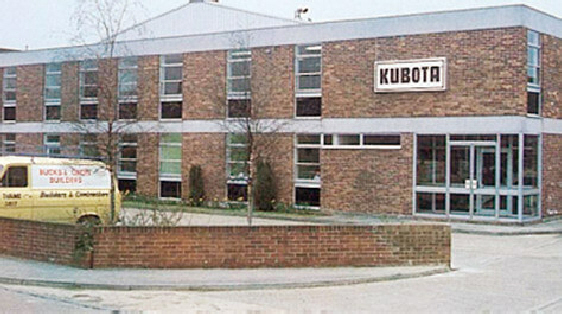
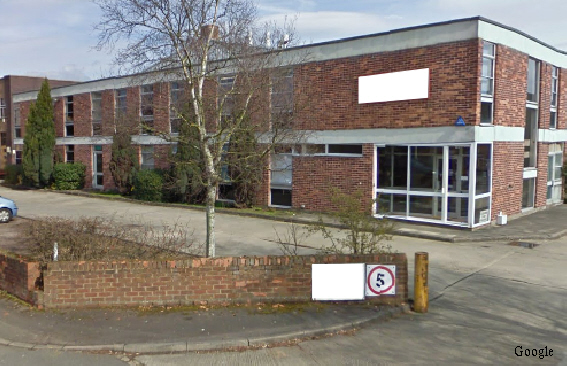

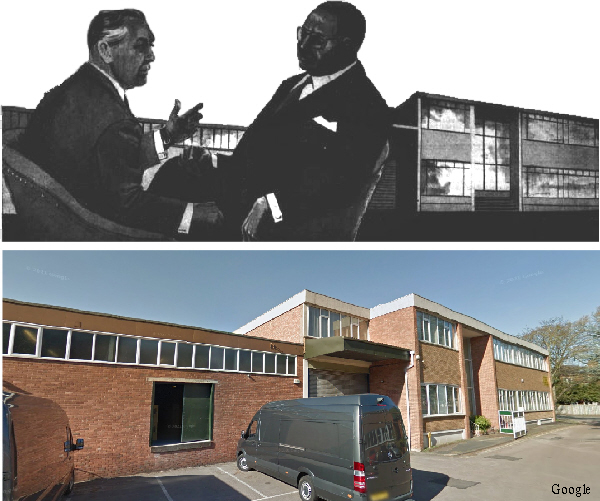
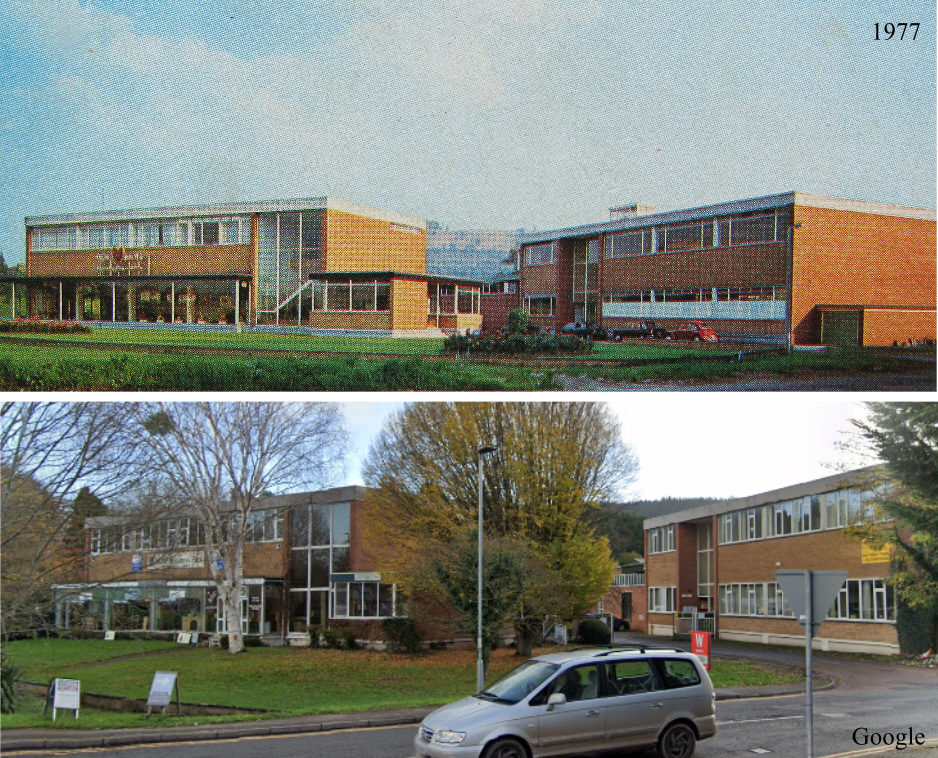
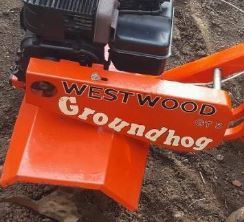

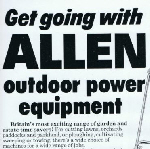
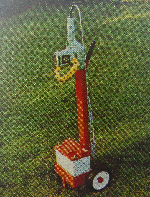
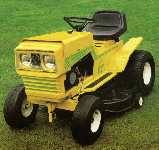
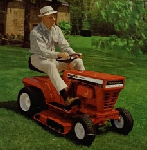
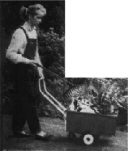
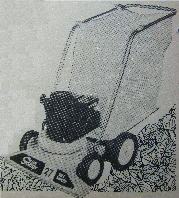
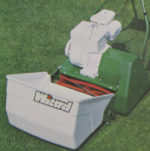
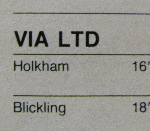
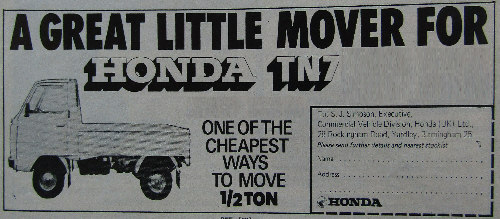
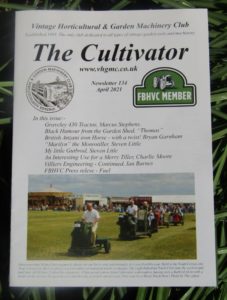 Landing on VHGMC subscribers doorsteps shortly will be the April issue of ‘The Cultivator’.
Landing on VHGMC subscribers doorsteps shortly will be the April issue of ‘The Cultivator’.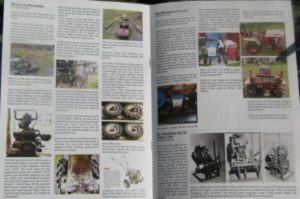
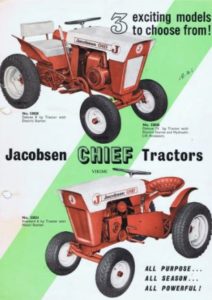
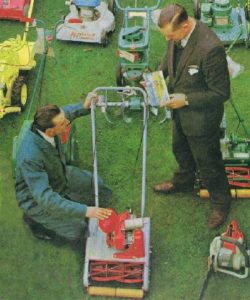
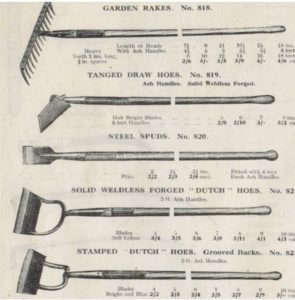
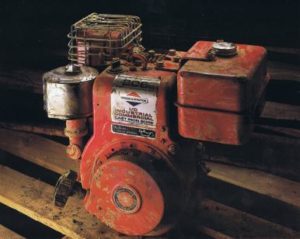 Sometimes it’s necessary to change the engine on a machine, usually this is because the existing one, often the original, has come to the end of it’s life and parts are no longer available or it’s just not cost effective. A new replacement engine is the obvious choice and there’s many brands to choose from including the ‘knock-off’ copies of many. Also as important is if the machine in question; a garden tractor, ride-on mower, lawnmower, tiller, etc is required to still look the part and have an age-related engine rather than new in which case a second-hand engine is an option.
Sometimes it’s necessary to change the engine on a machine, usually this is because the existing one, often the original, has come to the end of it’s life and parts are no longer available or it’s just not cost effective. A new replacement engine is the obvious choice and there’s many brands to choose from including the ‘knock-off’ copies of many. Also as important is if the machine in question; a garden tractor, ride-on mower, lawnmower, tiller, etc is required to still look the part and have an age-related engine rather than new in which case a second-hand engine is an option. 